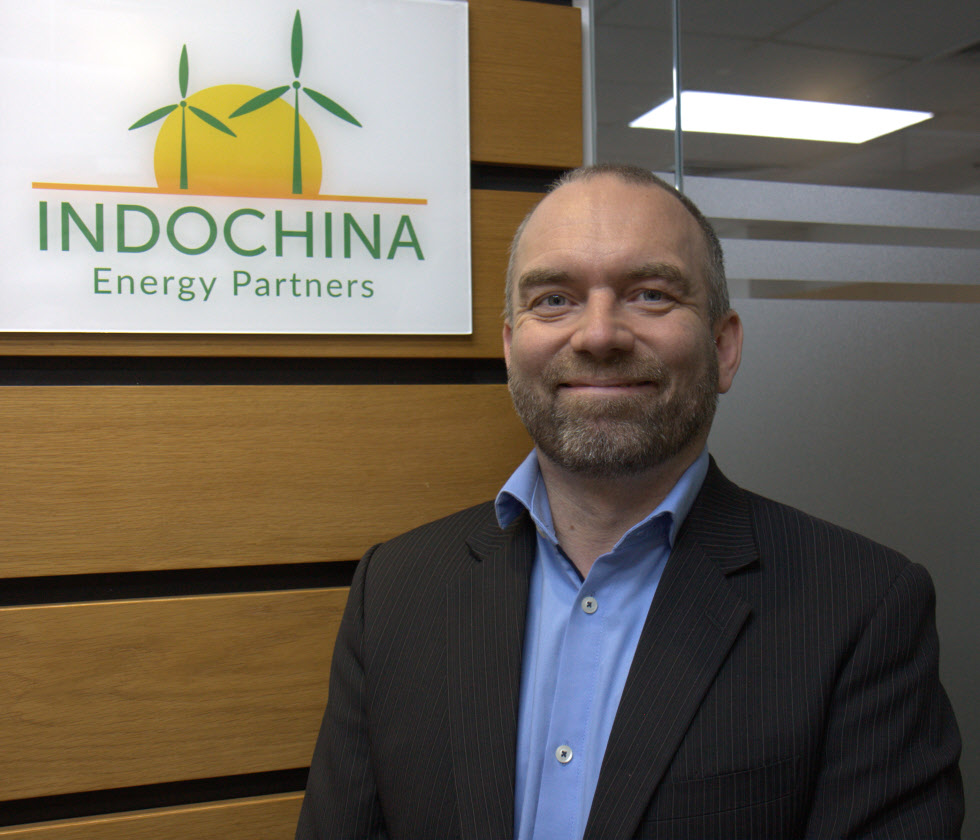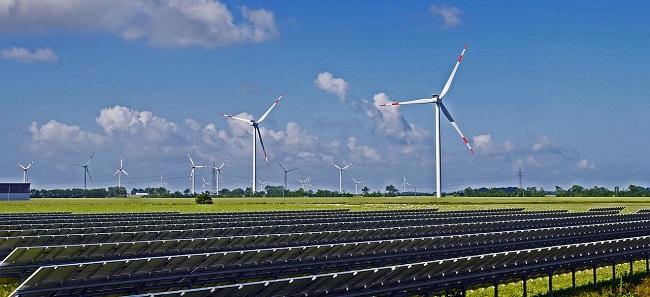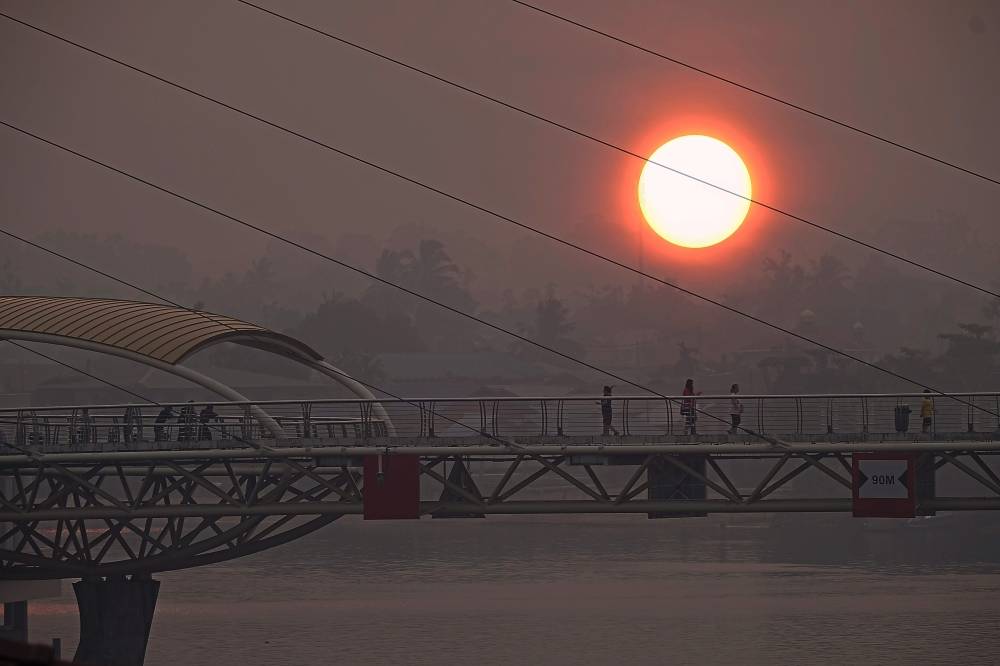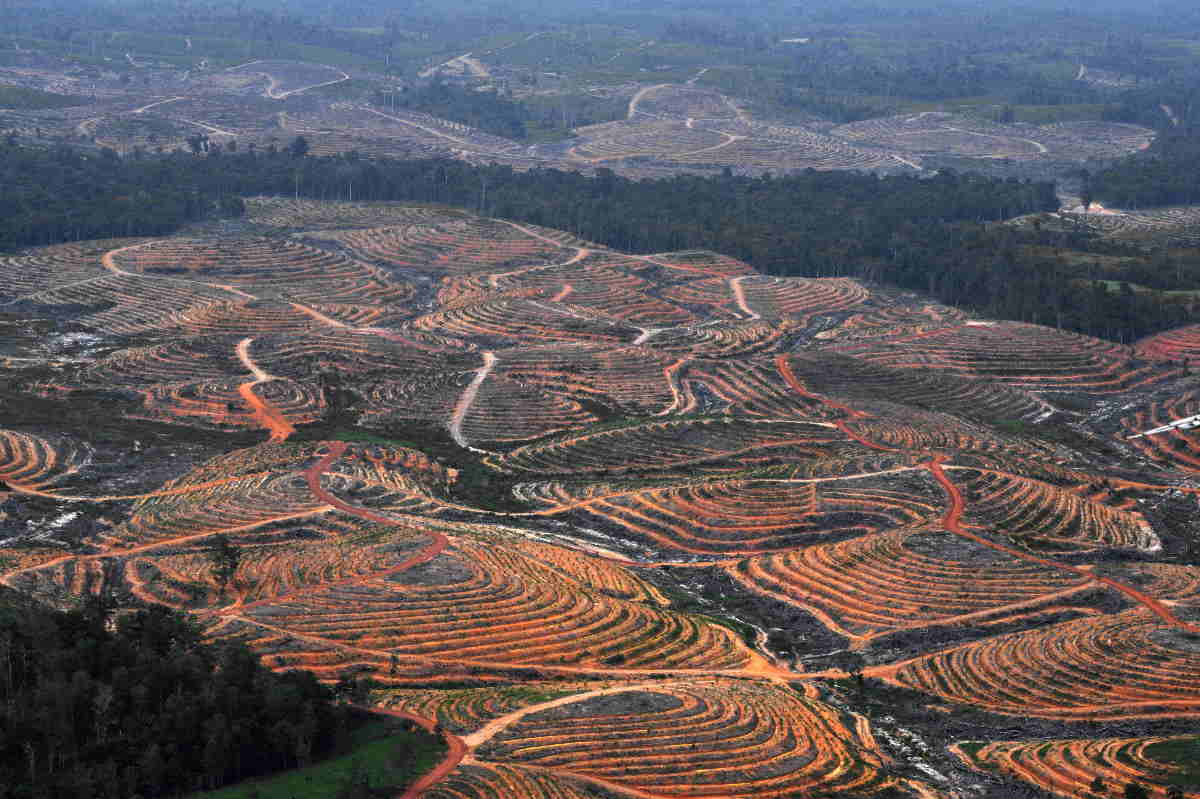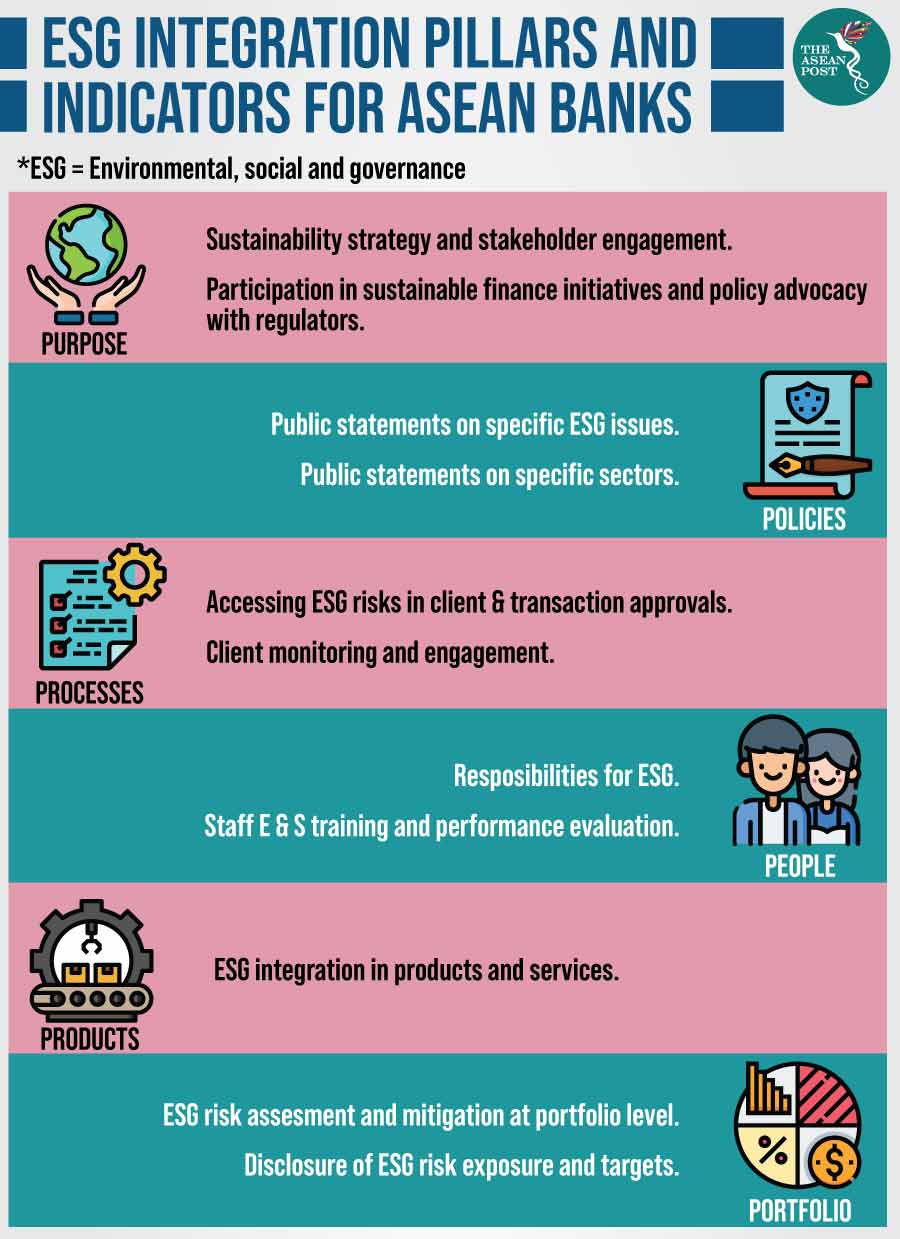Scandinavian investment taps into Vietnam’s booming solar power market
Thomas Jakobsen, based in Ho Chi Minh City (Saigon) since 2005, is Managing Director of Indochina Energy Partners (IEP), an entity focused on renewable energy in Southeast Asia’s emerging countries.
Thomas Jakobsen, Managing Director of Indochina Energy Partners (IEP). Photo: Joakim Persson
Singapore-registered IEP is currently focusing on rolling out rooftop solar projects in Vietnam, Cambodia and Myanmar.
In Vietnam, IEP is successful especially in the rooftop PV (photovoltaic system) solar sector, using Scandinavian investment money for their Build-Own-Operate-Transfer (BOOT) solar rental/lease model.
“Solar is, due to legislation, being implemented in the relevant countries that we’re looking at, and in fact that the cost for energy produced by solar has fallen so dramatically that while it didn’t make economic sense to look at it three years ago it makes very good economic sense today,” begins Thomas.
When Thomas first arrived in Vietnam he worked for furniture company Tropicdane before continuing with infrastructure finance for a fund called Anfa capital.
“In 2015 I was offered to join Saigon Asset Management – whom I knew from their history with Anfa Capital – specifically to do renewable energy originally in Myanmar, which was seen as the up-and-coming country at the time, and still is, in many ways.”
Specifically for roof-top PV solar, IEP provides installation, maintenance and financing solutions for commercial and industrial factory owners.
“There are many ways to get exposed to a market, in this case the solar; you could invest in developers; manufacturing of components, solar panels, mounting systems etc. What we have chosen to do is to invest in projects only. So we go out to owners of big rooftops and offer them to build and maintain a rooftop solar system for a number of years, free of charge to them, until they take it over. We sell them the power, at a fixed price that is lower than their current one for the period of the agreement, which typically lasts between 10 to 15 years – it depends on what segment you are in. This is all done with Scandinavian money behind us and with Northern-European technology, engineering and design.”
“We also have some demands to potential counterparts: they must be of very high credit worthiness, because we’re not in the business of taking on very high credit risks. We’re ensuring that rooftop solar systems work technically for the project lifetime and thereby make savings for the rooftop owner and give us returns,” adds Thomas.
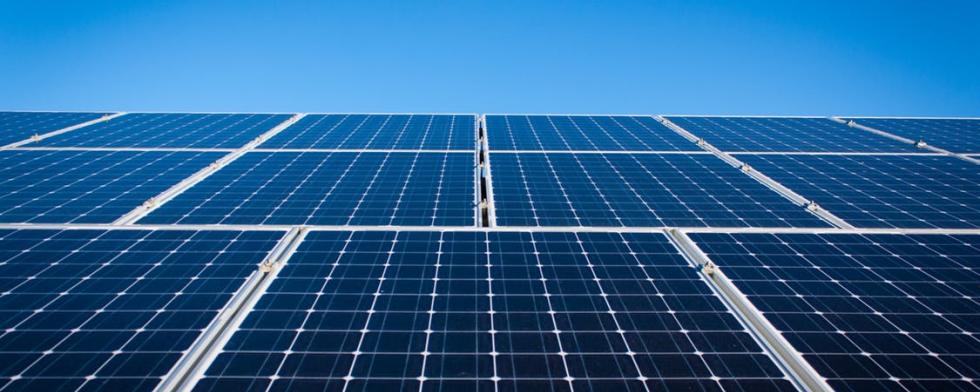
Photo: Carl Attard
Rooftop solar market essential
According to Vietnam Investment Review, Vietnam’s energy demand is projected to increase by more than 10 per cent annually in the next five years and its required power capacity to double. The country is therefore moving to diversify its energy mix, staking on renewables, where he rooftop solar market then becomes an essential part.
In June 2019, Việt Nam Electricity (EVN) group agreed to continue the current feed-in tariff (FiT) rate at 9.35 US cents per kWh for rooftop solar power projects nationwide until 2021. Another 121 projects will begin to generate electricity by 2020, while 211 are in the pipeline – a volume that has exceeded the targets.
“Just a few years back, the cost of a kilowatt coming out of a solar installation was 15-20 US cents, meaning that it would make no sense from someone who could buy electricity from the government for about 6-7 cents to install at those prices. To do it as economically viable repeatable installations – where nearly only the sky is the limit when we talk volume – you need to have what we call grid parity. This means that the cost of electricity from an energy source – in this case rooftop solar – has to be at the same cost level as the electricity from the grid,” the Dane explains.
“We see that the economics are so good in solar now that it’s possible that we will soon launch a second fund.”
“We can offer it at slightly lower price and that in a country where the electricity prices are already on the lower end. But that’s part of the government’s very consistent policy to encourage investors to set up factories here. To do that becomes more attractive if electricity prices are kept low.”
“And this is a way of just cutting the top off the growth of the electricity demand from the export industry by every new factory only demanding 80 per cent instead of 100 of grid electricity.”
“We always go in with a price that is slightly lower, to have an incentive. And the economics make sense now; it depends a little bit on the characteristics of the rooftop.”
Their market is focused on private buildings; old or new. A larger rooftop surface is preferred and IEP focuses on the southern half of Vietnam from a geographic and solar point of view.
“I would not run out of work anytime soon, for sure, by segmenting the market like that,” he claims.
The annual radiation measured in the Southern region and South Central provinces is approximately 1,600 kWh/m2, according to a World Bank report on the rooftop solar energy’s potential in Vietnam. The potential of solar energy in Ho Chi Minh City is about 6,300 MW.
Meanwhile, Southern Vietnam is anticipated to face power shortages of up to 3.7 billion kWh in 2021, nearly 10 billion kWh in 2022 and approximately 12 billion kWh in 2023, according to Electricity of Vietnam (EVN)! Consequently there is a huge need for solar energy!
Targeted solar power development in Vietnam is as follows: 2020: 850 MW, 2025: 4000 MW, and 2030: 12,000 MW.

Rooftop solar. Photo: Bernd Sieker.
Solar most scalable
“We are obviously following all four renewable technologies constantly. The advantage we have in solar is that it’s nearly perfectly scalable so we can also choose to make very big projects – one hundred million dollar investments – and sell to the grid. That is one of reasons why we like to operate in this market.”
“Doing wind projects you cannot scale a one hundred million dollar project down to a one million dollar project – it makes no sense. If we at a later stage or in a country come to the opinion that offering grid installations of 50 or 100 million dollars it is the best option, then that can easily be scaled up, it’s just a matter of doing the same thing many times,” he elaborates further.
Asked to give his take also on the potential for biogas Thomas also shares his insights: “We spent a lot of time back in 2011-2013 looking at biogas systems. Biogas has some advantages; number one being that you probably solve a water pollution problem at the same time. That has value but it can be difficult to monetize that value and request payment also for that service.”
“It is very much a cost issue; if the technology costs so much compared to the output of energy.”
“Biogas also has some quite limited scalability where it works that you instead have to repeat the projects,” adds Thomas.
Electricity generated from biogas also has a high CO2 value but after the European carbon emissions trading market collapsed the financing for biogas projects actually died, he explains.
Nordcham/Eurcham a business gateway
Thomas is also Vice Chairman in rejuvenated Nordcham (Nordic Chamber of Commerce) Vietnam, which also entitles each member company automatic Eurocham Vietnam membership.
“We were helped into exclusive renewable energy technical exhibitions, with a very good setup. And we could thereby develop our database in a way we would not have been able to without Eurocham,” says Thomas.
Eurocham also offers incubator services and Intellectual Property protection assistance.
“In Eurocham a lot of the work goes on in the sector committees, where all advocacy work is coordinated and where the very close networking and business dealing gets done. There we’re down to where people are in very similar industries and get to know each other over a number of years.”
While the Danish business community has always been relatively big in Vietnam compared to its size, much thanks to Denmark’s former massive development aid there, seeding a lot of companies to come, the presences from the remaining Nordic countries were up until recently very small.
“There was not this undergrowth of SMEs from those countries – but we are now seeing that coming to a much higher extent from the other Nordics. Vietnam is now becoming an easier country to do business in. There is still a cost difference compared to doing business in China.”
Thomas explains that the differential cost towards Asia is also turning more significant now for Eastern-European based production (with costs going up there) and when taking geopolitics into account.
“If you are looking at moving to Asia, Vietnam has to be on anybody’s list. Whether you come to do export business here or to satisfy local demand I think it’s very difficult today getting away with saying in one’s headquarters that one has done all the research one needs on Southeast Asia but excluded Vietnam,” states Thomas.
Better education for children
When Thomas personally came to Asia for the first time at the age of 25 in the mid-1990s – sent to China by a Danish company – he fell in love with it. Much later he got a new chance to return to Asia
“It was always at the back of my mind that somehow the career had to steer towards an Asian opportunity. Whether it was to be Vietnam, Thailand or Malaysia – there was no specific plan on that. The fact it became Vietnam was due to that the country had a high focus in Denmark, compared to other countries in Asean.
On a short business trip, prior to moving there, he had seen the country and found it to be like in China back when it was just about to take off – which he found to be an attractive aspect.
He also highlights another benefit of living in a city like Saigon in Southeast Asia: “If I were to go back to Denmark it would mean that my son would get significantly lower education than he can get out here, which is not something that people always think of: ‘Let’s move to Vietnam and let our children get the best education possible!’ But because there are capable and willing customers in this market [for high quality international schools] it means it is actually possible!”


